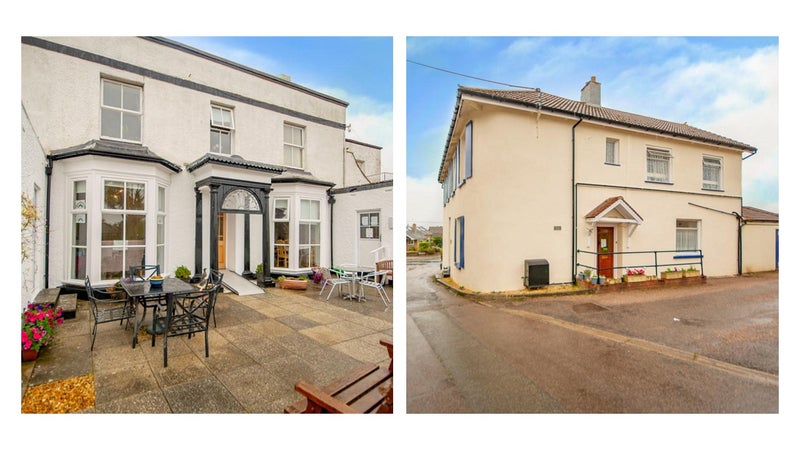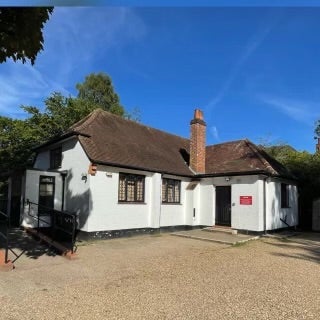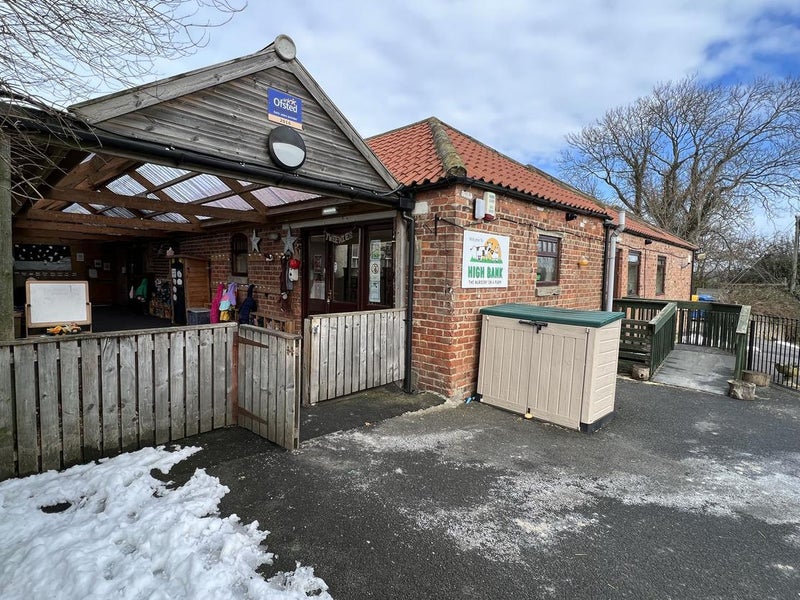Nightclubs still need investment to thrive
Jon Patrick, Head of Leisure & Development at Christie & Co explains why investment is the key to nightclub success

The nightclub sector has seen considerable decline in the number of venues over the last decade as a result of a multitude of factors, including licensing reform, the smoking ban, youth unemployment and the recession, as well as the traditional nightclub facing competition from other hybrid late night bars. In addition, the way the youth of today spend their leisure time with the significant influence of social media has meant clubs have had to adapt or risk becoming obsolete.
As business contracted during the recession, operators reacted by targeting and reducing variable costs such as staffing, marketing and refurbishments.
It is true that operators didn’t refurbish during the recession however you have to consider that they weren’t particularly forced to because the competition wasn’t spending money on refurbishments either.
Coming out of recession those that did invest in refurbishment and ‘catch up’ capex such as Deltic saw an immediate upswing in business and profitability – those that didn’t saw business remain flat at best and those on a downward slope saw trading and profit declines accelerate. Peter Marks and Deltic have managed to turn the existing Luminar business around and are adapting to the changing market.
This needs to be viewed in the context of the refurbishment cycle for the late night sector:
- The market is fickle and consumers are drawn to clubs with new investment and technology as well as those with a strong secondary business offer such as live music
- High/concentrated footfall means wear and tear is far greater than in say the pub/fast casual dining market
- In order to mitigate the threat of obsolescence clubs realistically need to invest in a major overhaul of premises say every 3-4 years maximum with ongoing capex as a matter of course during the cycle
- Post investment trade spikes quickly and then declines so return on investment needs to be swift
- Access to capital can be difficult as the sector is seen as high risk, even though the reward for successful clubs can be high.
Another major influencing factor on the ability of nightclubs to keep ahead of the competition is that the tenure on venues is owned.
Many clubs are held on a leasehold basis with rent, rates and service charge costs combining to produce a major cost centre for nightclub businesses before even opening their doors. For leasehold clubs a decline in headline income can translate to a significantly greater reduction in profitability.
Lower profits by definition lead to lower values being attributed to the trading entity. LTVs come under pressure and investment is sidelined thus leading to the downward spiral many clubs have faced.
Yes, the nightclub sector has seen decline as a whole, but those now able to invest have been seeing the benefits and are stronger as a result. Both operators and investors should accept that this is a sector where returns are made through cash flows rather than necessarily through capital gain.
The sector certainly isn’t dead. It was very ill for a while, but there are signs that those operators who have embraced change and been capable of investment are in a stronger position to rebuild trade and profitability.



















